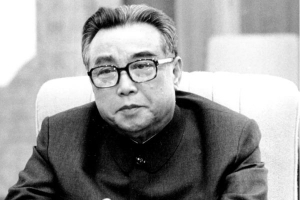Top 12 Interesting Facts about Manchester
One of the most well-known cities in the UK is Manchester, which is a metropolis in the North-West of England. We have gathered the most interesting facts ... read more...about Manchester that you might not be aware of so you can delight yourself in. Manchester has many incredible traits and just as many hidden mysteries. This could just persuade you to visit Manchester if you were considering doing so.
-
There are several ways to interpret the UK population, but in general, according to statistics Manchester is regarded as the third-most populous city in the nation, which is one of the interesting facts about Manchester. It lies 160 miles northwest of London and is surrounded by the Pennines mountain ranges, which stretch from north to east. In 1853, Manchester became a city. In 1894, the Port of Manchester was established, connecting the city to the sea. Manchester was the second-highest ranked British city in 2014 after being classed as a beta global city. Following London and Edinburgh, it is the third-most visited city in the UK.
The population of the city itself is about 548,000, the urban region has over 2 million people, and the greater metropolitan area has over 3.3 million people. With Birmingham and London ahead of it, Manchester is now the third most populous city in the UK. With a Gross Added Value (GVA) of £56 billion, Greater Manchester represents around 3% of the GVA of the entire UK. The workforce has good linguistic, technical, and customer service abilities, with 65 percent of workers being under the age of 45. Manchester City Council projects that its population will expand by an additional 10% by 2025, having grown by double the average UK growth rate over the previous ten years. Within an hour's drive of the city, more than 7.2 million people reside. Young and ambitious residents who continuously push the boundaries and redefine what it means to be a Mancunian have made the city into a cultural center for the North of England.
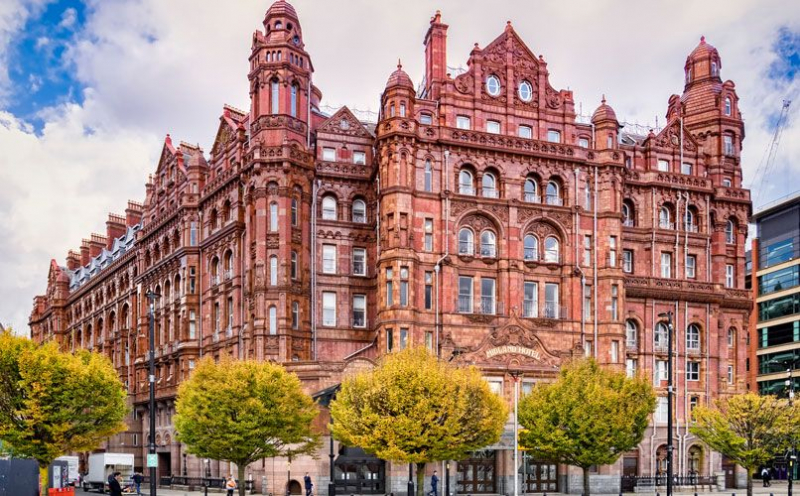
citymonitor.ai 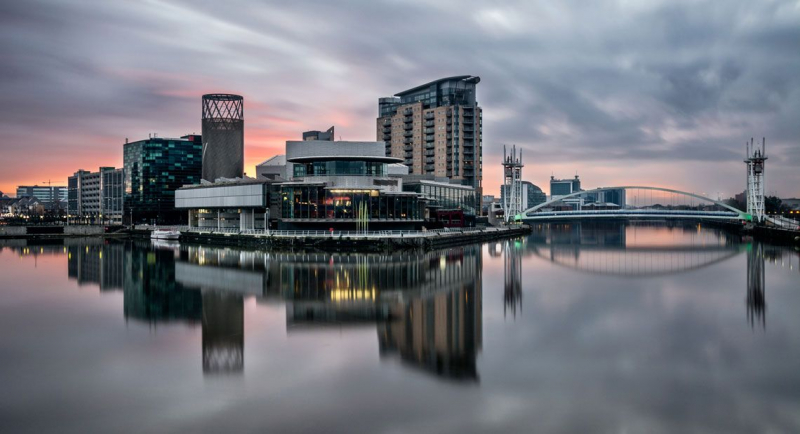
citymonitor.ai -
We all know that the two largest football clubs in the premier league Manchester City và Manchester United play here. Both two teams compete in the Premier League, the top division of English football, and they have both won several Premier League trophies in addition to other awards. The two meetings between the clubs, collectively known as the Manchester derby, are two of the largest football matches in the world and draw millions of spectators from across the world. Manchester United and Manchester City supporters are referred to be the red and blue sides of the city, respectively, dividing the city's population. But did you know that Manchester was also the site of the establishment of the first professional football league in the world in 1888?
On April 17, 1888, a conference held at Manchester's Royal Hotel saw the official name and formation of the new league. The initial name suggested was "Association Football Union," but it was rejected because it was too similar to "Rugby Football Union." Instead, Major William Sudell suggested "The Football League," and everyone readily accepted it. The inaugural season of the brand-new "Football League" began on September 8th, 1888, with just 12 clubs participating, including Aston Villa, Blackburn Rovers, Bolton Wanderers, Burnley, Derby County, and Everton.
The league has gone under several names because of the organization's many changes in sponsorship. In 2016–17, the league changed its name to the "English Football League," or "EFL," which is also the name of the league's governing body. The Royal Hotel is regrettably no longer there, but the location of its former location is commemorated by a red plaque on the Royal Buildings on Market Street.
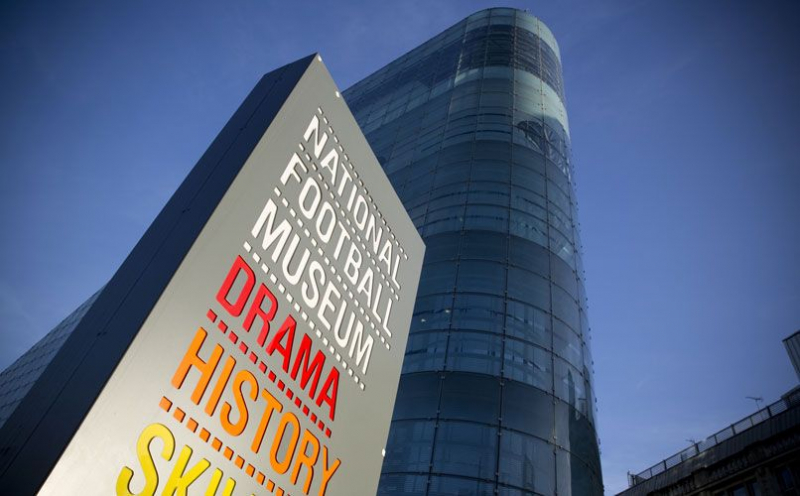
www.wcml.org.uk 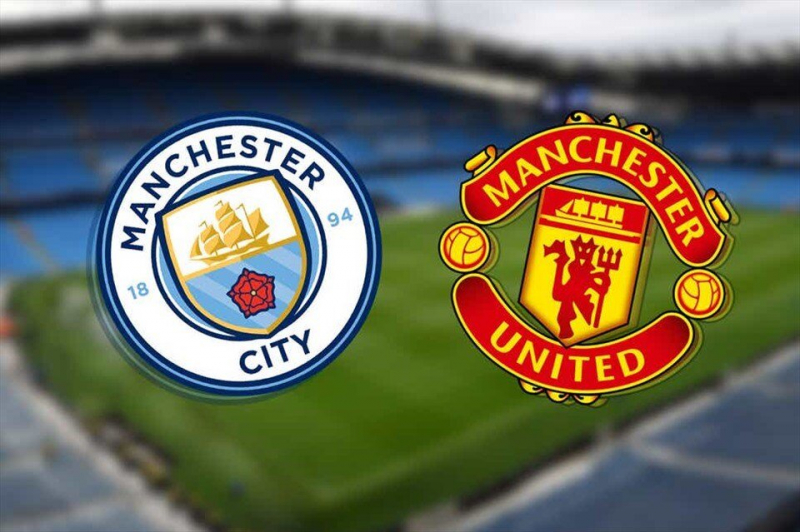
www.laodongtre.laodong.vn -
Manchester is well-known for more than simply its football. Many consider the city to be the origin of Britpop and indie music since it has given rise to some of the most well-known bands in contemporary music history. The Stone Roses, Happy Mondays, Inspiral Carpets, and James were subsequently part of the British indie music movement of the 1980s that was mostly attributed to Manchester, which was also a major influence on The Smiths. The latter bands sprang from what became known as the "Madchester" culture also centered on the creator of Tony Wilson's nightclub The Haçienda. The Chemical Brothers were later established in Manchester, despite being from southern England.
Former Smiths vocalist Morrissey later achieved fame as a solo artist, with many of his songs featuring references to Manchester's sites and culture. The Hollies, Herman's Hermits, Davy Jones of the Monkees (famous in the middle of the 1960s for their records and their American TV program), and the early Bee Gees, who grew up in Chorlton, are significant Manchester bands from the 1960s. The Courteeners, a well-known modern band from the vicinity of Manchester, is made up of Liam Fray and four close pals. Ren Harvieu, a singer-songwriter, is a native of Greater Manchester.
The Manchester Arena, which won the 2007 award for "International Arena of the Year," is the city's primary pop music venue. It is Europe's largest arena of its kind, with more than 21,000 seats. It is the busiest indoor arena in the world in terms of concertgoers, surpassing Madison Square Garden in New York and The O2 Arena in London. Due to its extensive musical history, the city continues to draw millions of aspiring young musicians every year.
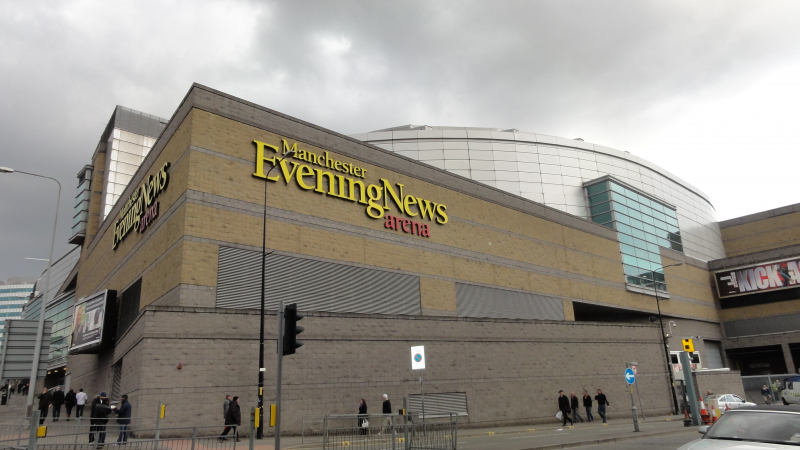
The Manchester Arena - www.manchestereveningnews.co.uk 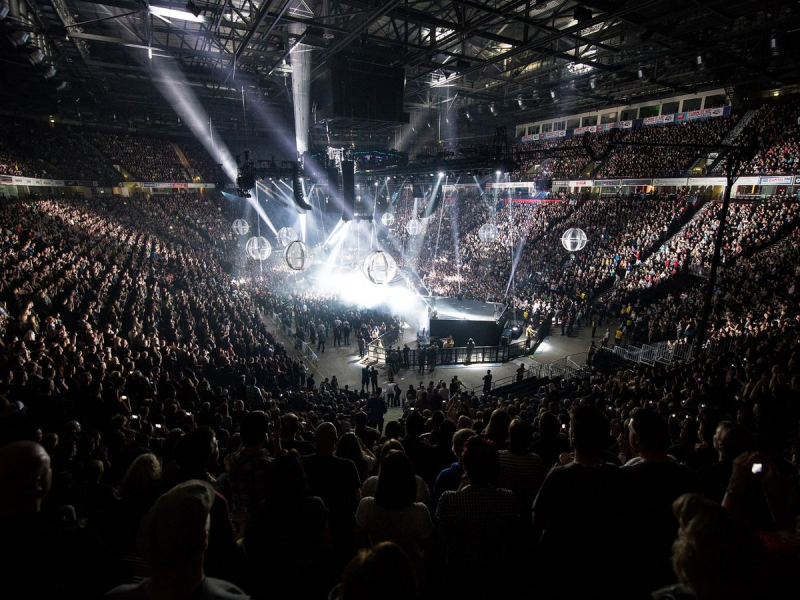
The Manchester Arena - www.manchestereveningnews.co.uk -
Manchester's emblem is the bee, and this industrial city is justifiably proud of its connection to the diligent insect. Early municipal leaders had to choose a coat of arms in 1842 that would convey our identity to the globe. The bee of Manchester is a worker bee, representing a city that was built by its citizens and not because of royal favoritism or readily available natural resources. Mancunians have put a lot of effort into making this town prosper. Following a terrorist assault that happened at a concert at the Manchester Arena in 2017, it also came to represent unification in the city.
Manchester claimed the bee is a hardworking tiny worker, a little individual but a superorganism as a whole. Together became more powerful. Bees are also fascinating and breathtakingly beautiful. Look out for the active worker bees are prominently shown on the coat of arms on the façade of Manchester Town Hall, which is undergoing a significant renovation to carefully restore it to its 1868 splendor. The structure features several allusions to cotton and the city of Manchester's honey-like cotton industry is what gave the city its wealth.
Spring Gardens, Hotel Gotham, and Zizzi in King Street all have bees, and you can observe a beautiful traditional beehive in the window of Zizzi while strolling by. In Ancoats, there is a Beehive Mill, and across from the Royal Exchange in St. Ann's Square, there are enormous 1980s bee sculptures. Explore the clock face where bees indicate the quarter hours by strolling down to the Kimpton Clocktower on Oxford Road and looking high up. The coat of arms of the historic and contemporary University of Manchester likewise features three sizable bee motifs.
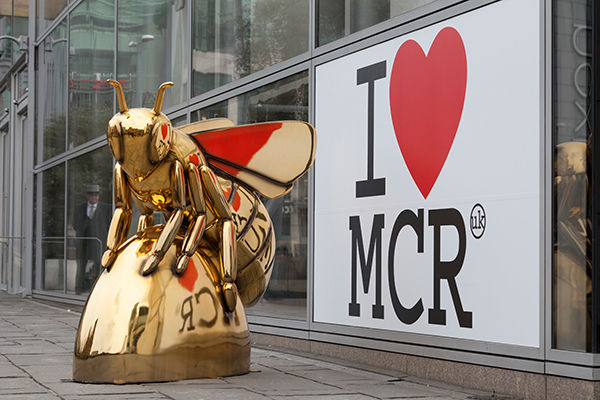
www.visitmanchester.com 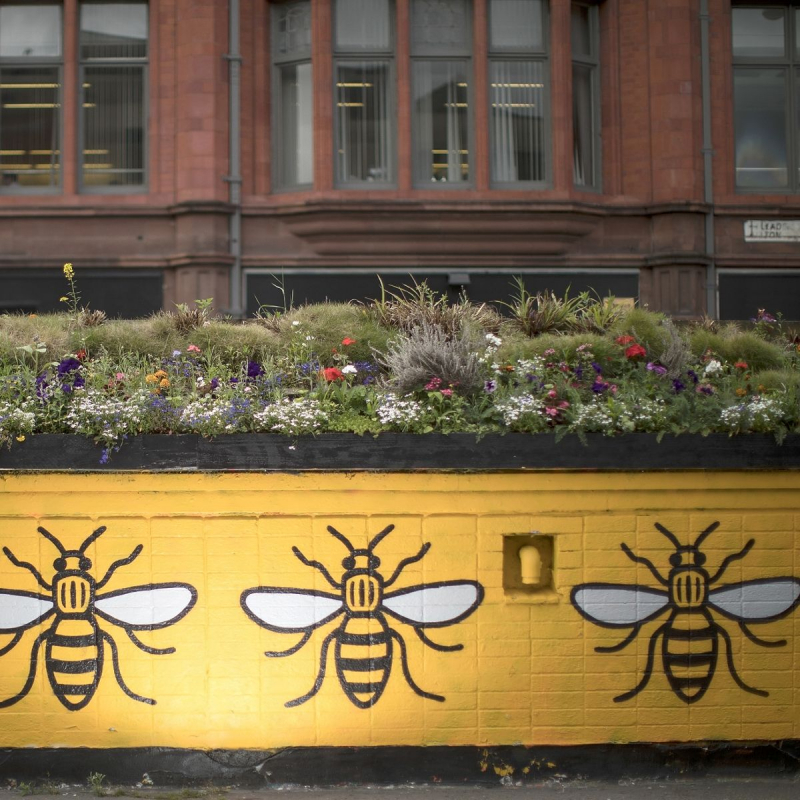
www.visitmanchester.com -
The arrival of the Bridgewater Canal at Castlefield in July 1761, as recorded in the history books, "marked the commencement of the Industrial Revolution." In the 19th century, Manchester developed itself as the commercial hub for the textile industry, earning it the nickname "Cottonopolis." Manchester became the world’s first industrial city, which is one of the interesting facts about Manchester. Early in the 19th century, Manchester's cotton industry experienced exceptional growth, which fueled the town's growth and placed it at the center of a vast network of commerce and manufacturing.
In Manchester's textile mills and on the plantations where millions of enslaved people were compelled to grow the cotton that supplied them, innovation and profitability go hand in hand with inequity and exploitation, both locally and internationally. Manchester developed into a sophisticated industrial metropolis, manufacturing items of many kinds, with textiles as its primary industry. As a result of its thriving cotton industry, first-rate transportation systems, and connections to other English cities. It swiftly established itself as one of England's most significant and significant cities and joined a worldwide network of commerce and manufacturing.
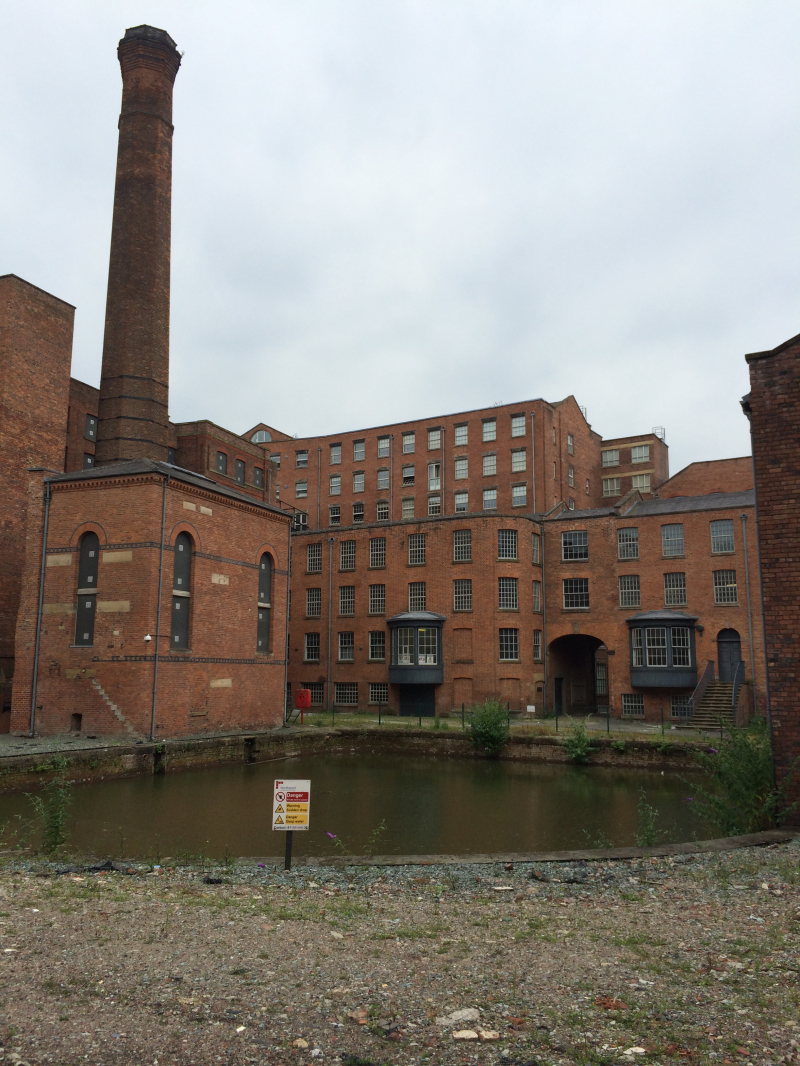
www.countrylife.co.uk 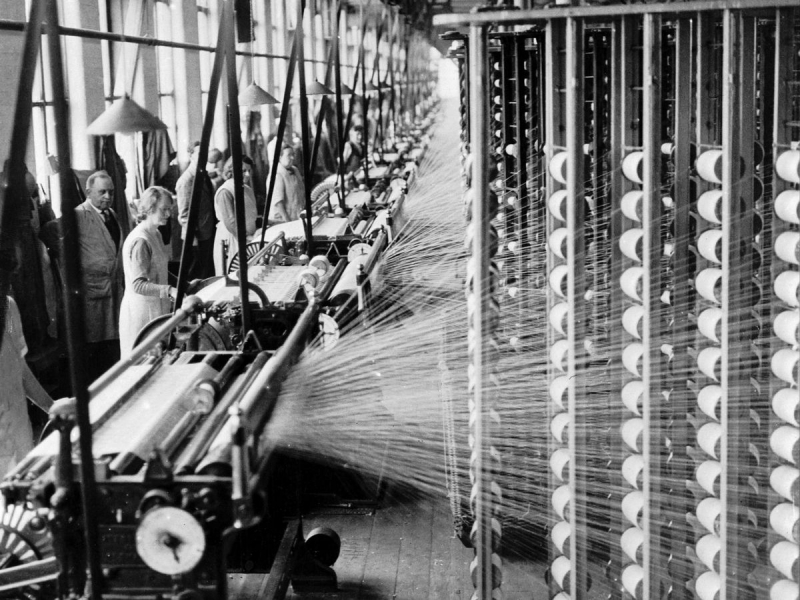
www.countrylife.co.uk -
Look to your right as you ascend the stairs to the Midland Hotel on Peter Street. There is a monument and a plaque honoring the most important conference to have ever occurred there. The list of famous people who have visited the Midland goes on and on, including kings, worthies, and Charles Rolls met Henry Royce, whose trip on May 4, 1904, probably signaled the beginning of a new era for the automobile business. They decided to create "the best automobile in the world" at this point.
Rolls was a pilot and balloonist who subsequently gained notoriety for being the first British citizen to perish in a flying accident. He built one of the earliest auto dealerships in Britain in 1903, thus he was able to contribute knowledge of the automotive industry. Royce was the founder and director of F.H. Royce and Company, situated in Hulme, which produced electrical fittings, dynamos, and cranes before he decided to start producing automobiles.
They first met on May 4th, 1904, in Midland Hotel. Charles Rolls immediately recognized Henry Royce's renowned 10-horsepower car, which was the first automobile Royce had created and manufactured himself. From that moment on, Rolls knew he had discovered what he had been looking for. Royce allowed Rolls to have a spin in his vehicle, and when he returned, on the spot, he agreed to sign a contract with Royce to build the finest automobiles. Additionally, Rolls was pleased with the three automobiles Royce had built. In December they decided to take all of Royce vehicles, which would bear the "Rolls-Royce" trademark. Because of the success of combining the resources of Rolls and Royce with Royce's engineering prowess, Rolls-Royce Limited was founded in 1906. Outside the building, there are two memorial plaques. The Rolls-Royce corporation celebrates at the hotel on May 4 every year. Visitors love hearing from tour guides, "This is where Mr. Rolls met Mr. Royce."
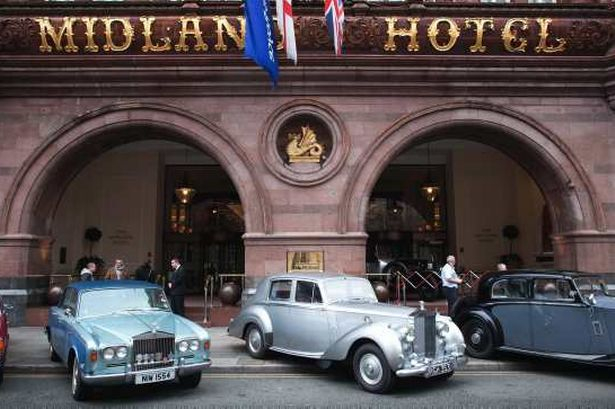
www.thetimes.co.uk 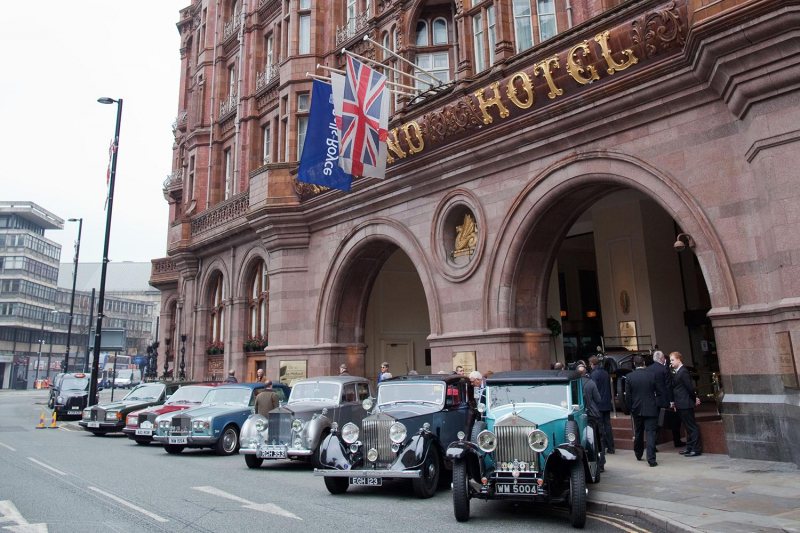
www.thetimes.co.uk -
One of the interesting facts about Manchester is that the University of Manchester is third in the UK behind only Oxford and Cambridge in terms of generating Nobel Prize winners and ranking 23rd in the world. They have more working Nobel Laureates than any other university in the nation, with no less than 25 among its current and former personnel, students, and faculty.
Did you know that Ernest Rutherford split the atom for the first time at a lab at the University of Manchester? Although most people think that Switzerland is where the atom was initially split, Rutherford's laboratory in 1917 witnessed the first experimentally generated nuclear reaction. This influenced the development of nuclear energy and radiation for the treatment of cancer. For all of his contributions, Ernest Rutherford would eventually receive the Nobel Prize, and the University of Manchester has subsequently dedicated its physics building in his honor.
Not only that, but Frederic C. Williams, Tom Kilburn, and Geoff Tootill created the first modern computer here, known as the "baby." It is incredible to consider that, just over 71 years ago at Manchester University, the world's first stored-program electronic digital computer successfully ran its initial program with a memory of only 32 words. Though its original purpose was not for practical use, the Manchester Baby is the forerunner of all current computers, and for that, we should all be quite proud. Additionally, J.J. Thomson, Sir John Hicks, Sir Robert Robinson, and many others are among the Nobel laureates who attended the university.
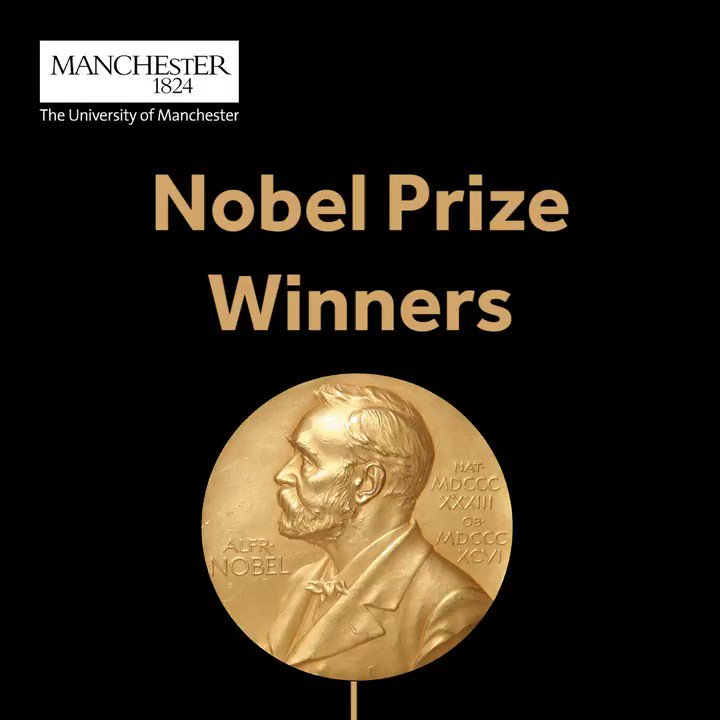
twitter.com 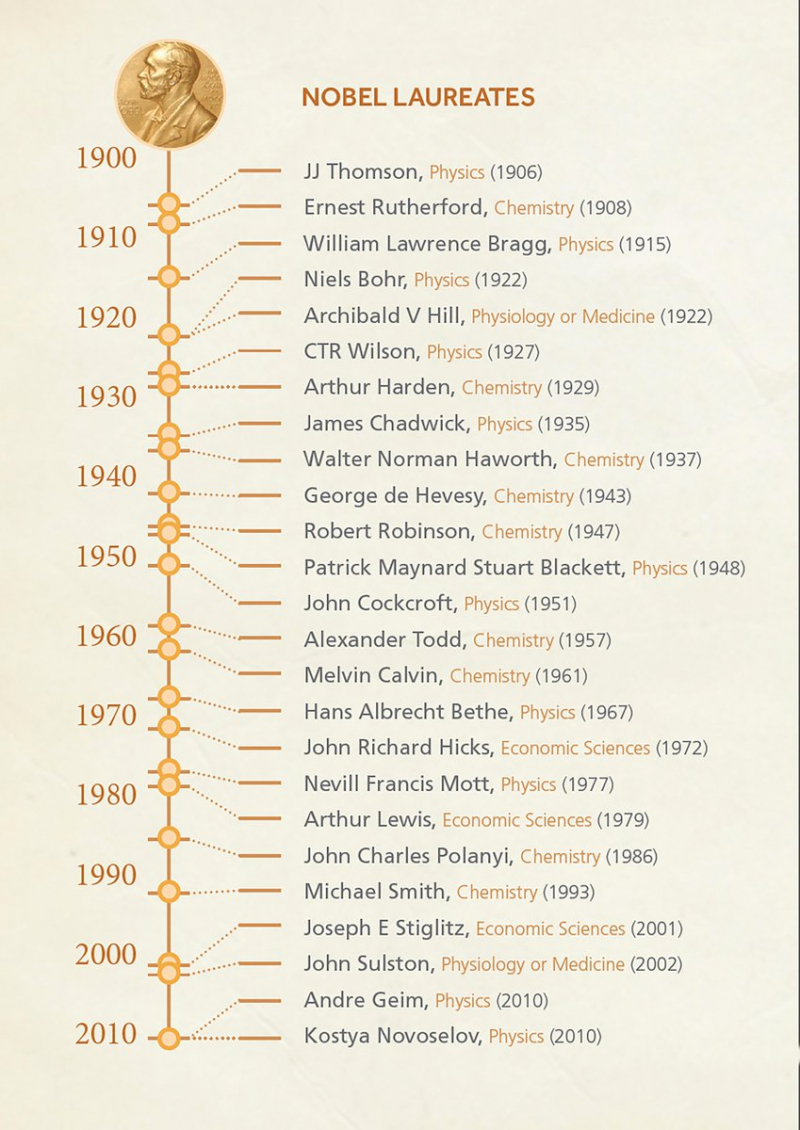
twitter.com -
The oldest public library in the nation, Chetham's Library, is situated in Manchester. The first free public library was established in 1853, making it the first location to offer a free lending service without a membership. After the Public Libraries Act was established in 1850, Sir John Potter, the mayor of Manchester at the time, decided to start fundraising to buy a structure and fill it with books. The community helped by contributing cash and books to start the endeavor.
Even the royal family gave its support to this cause; Prince Albert sent the Mayor a note of encouragement and sent 18 books. "be freely available to individuals of all classes without distinction," Prince Albert stated in his letter. Also highly supportive and actively involved in getting this initiative off the ground was Charles Dickens.
The library is the oldest public library in the English-speaking world and is still in operation today. Its extraordinary collection of more than 100,000 printed books, which dates back to the 17th century, is well known. The structure that Robert Owen first opened for the Hall of Science served as the library's first location. This was situated close to the current Air and Space Hall of the Museum of Science and Industry in Campfield, Manchester.
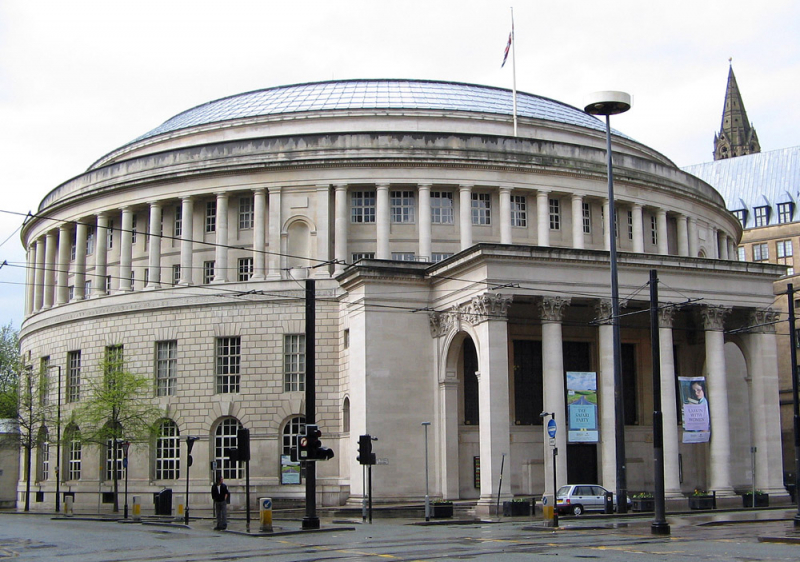
www.manchestereveningnews.co.uk 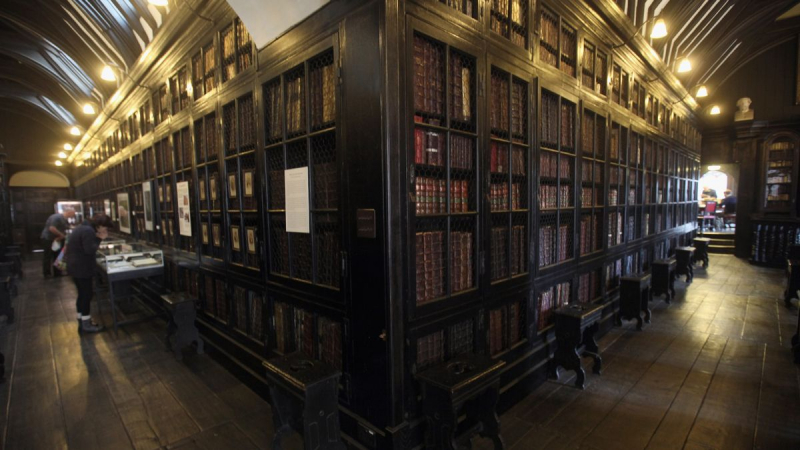
www.manchestereveningnews.co.uk -
Although Manchester is home to many strange and amazing things, the soap opera Coronation Street is one of its most well-known cultural contributions to Britain. British soap opera Coronation Street was produced by Granada Television and has been shown on ITV since 1960 and became the world's longest-running soap opera. The show's focal point is a cobblestone, terraced street in Weatherfield, a made-up city modeled after inner-city Salford and centers on the residents of Manchester street.
The series, which was first televised twice weekly, started broadcasting six times a week in 2017. Tony Warren, a screenwriter, came up with the idea for the program. Sidney Bernstein, the station's creator, first rejected Warren's plan, but producer Harry Elton persuaded him to create the program for 13 pilot episodes, and the show has since become a prominent part of British culture. Since then, the Manchester City Center set of the program, which is one of the most adored on British television, welcomes thousands of tourists for tours each year.
ITV Granada produces Coronation Street at MediaCityUK, where it is shown both domestically and abroad. It attained the title of longest-running television soap opera in the world in 2010. Coronation Street, which was initially influenced by the rules of kitchen sink realism, is renowned for its portrayal of a realistic, working-class neighborhood together with lighthearted humor and compelling characters. Currently, the sitcom receives about six million viewers every episode on average. The program debuted its 10,000th episode on February 7, 2020, and later that year, it celebrated its 60th anniversary.
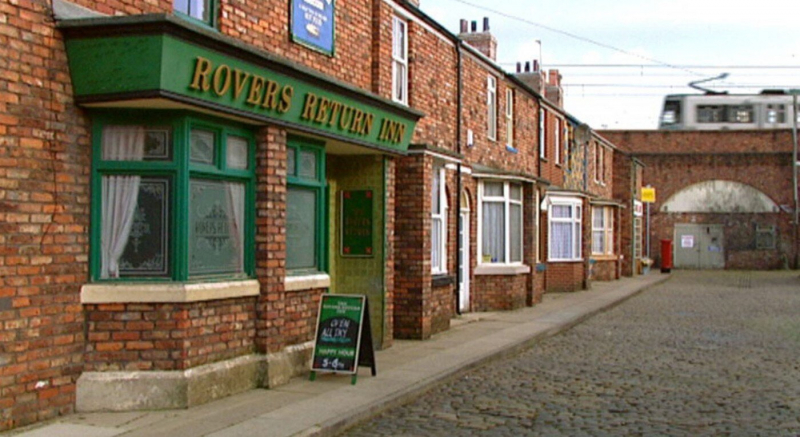
Soap Obsessed - youtube.com -
Nowadays, coffee powers the majority of us, but have you ever considered that one cup may power a whole car? The "Car-puccino" was created in 2010. It was the first vehicle to travel from London to Manchester using just coffee beans, or more specifically, 11,000 espresso equivalents. The "Car-puccino" has a top speed of 60 mph and travels one mile for every 56 espressos on average. Coffee granules contain a little quantity of carbon, a substance necessary for powering an automobile, which explains how this amazing piece of technology functions.
It will undoubtedly not make commuting any less tedious, and it will cost 25–50 times as much as operating a car on gasoline. The crew behind "Bang Goes the Theory" on BBC1 purchased the £400 1988 Volkswagen Scirocco for the vehicle's similarity to the "DMC DeLorean" from the Back to the Future film. For those of you who care about the environment, the automobile used coffee grounds that the neighborhood coffee shops gave to the project. The old Volkswagen Scirocco was powered by these coffee grounds, which were converted into pellets and put into a charcoal boiler on the back of the vehicle. After being heated, the gases from the charcoal boiler were filtered and utilized to power the Scirocco. Even though it had multiple breakdowns and took nearly 10 hours to get from London to Manchester, the journey was a triumph and go down in history.
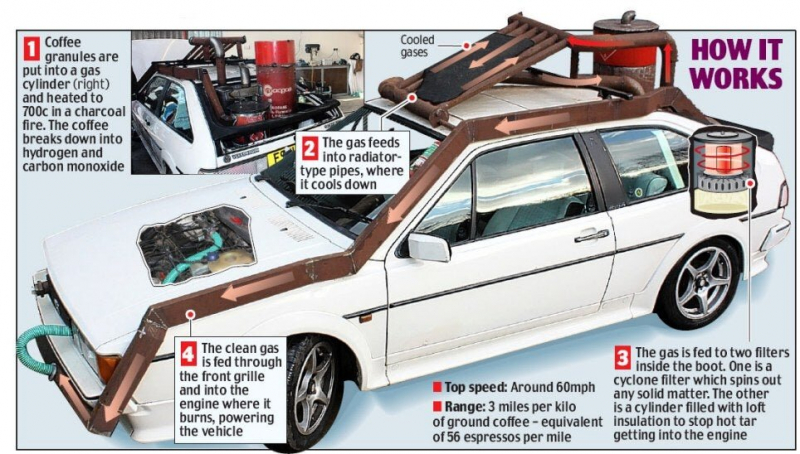
www.popsci.com 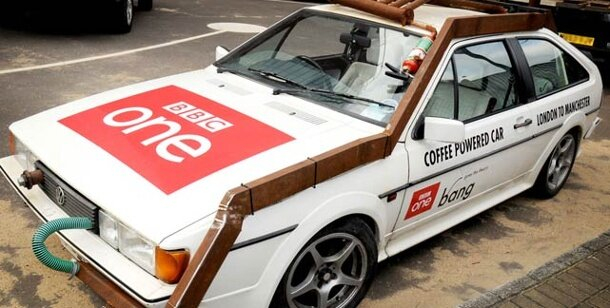
www.popsci.com -
Manchester is the birthplace of the meatless diet, there are more options besides simply chips and gravy, which is one of the interesting facts about Manchester. It is a little-known truth that more than 200 years ago, Reverend William Cowherd advocated the benefits of a vegetarian diet. Cowherd had gathered persons who could be interested in starting a society in Greater Manchester at a Salford chapel, and during his sermons, it is believed that he remarked, "If God had wanted us to consume the flesh, then it would have arrived to us in edible form, as does the ripened fruit." The Salford Chapel became the city's first vegetarian church after Reverend William launched the vegetarian movement.
The Vegetarian Society thereafter emerged as the first long-standing organization to follow a vegetarian diet. Since then, society has continued, and it now has a much larger following. Some individuals are even going vegan. The city is home to a staggering variety of vegetarian and vegan eateries, such as V Rev Vegan Diner, Bundobust, and The Earth Cafe. Additionally, they have several interesting vegetarian and vegan restaurants and events, like PlantPoweredSundays at Grub Manchester, the first all-vegan weekly street food festival in the UK.
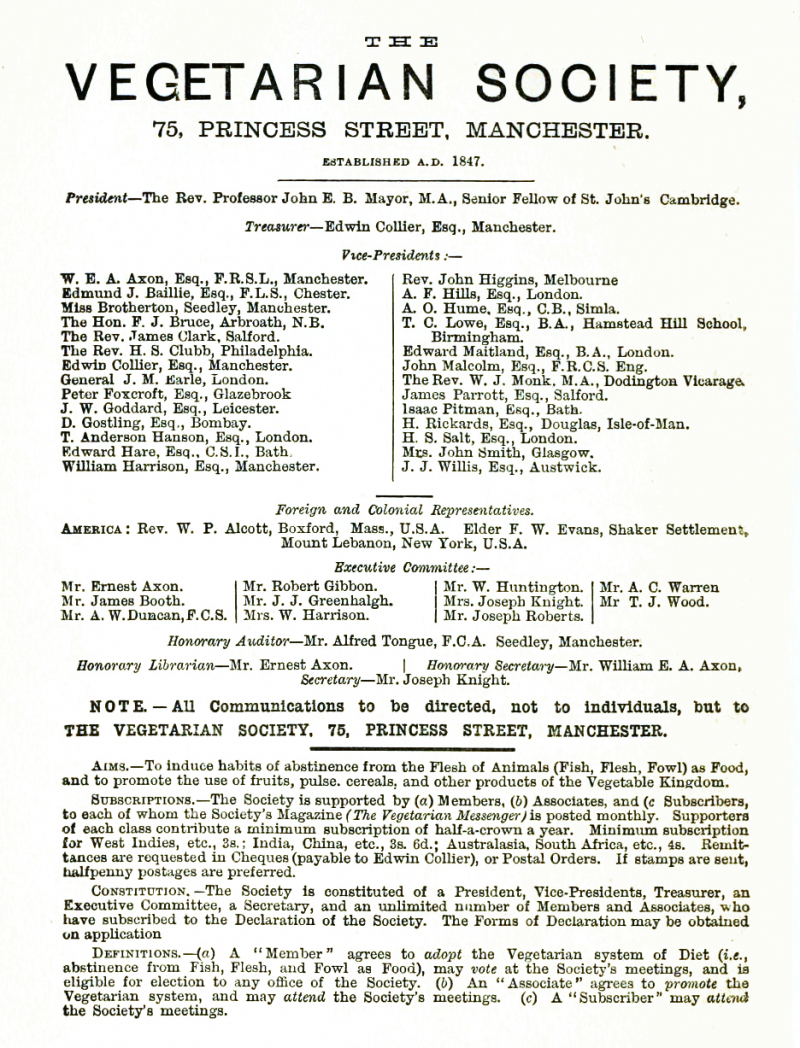
themanc.com 
themanc.com -
Manchester is home to the earliest and oldest railway station in the world. The Liverpool Road Railway Station, with its confusing name, was constructed in 1830 in Manchester, England, and used to link Manchester to its neighboring city, Liverpool. The station served as the Manchester terminus for the first intercity passenger railroad in history, all of which services were pulled by scheduled steam engines. It is the oldest continuously used terminal station in the whole globe. It might also be regarded as one of the first elevated railway stations in the world because lines ran behind the building at the second-story level.
However, it only provided passenger service for a short while. The railway was extended to Leeds, a city in the surrounding county of Yorkshire, in 1844 when it ceased carrying passengers in favor of only transporting goods. Despite being put out of use in 1975, the station is still standing today. The Museum of Science and Industry, which is situated in Castlefield Urban Heritage Park, houses the warehouses and the train station.
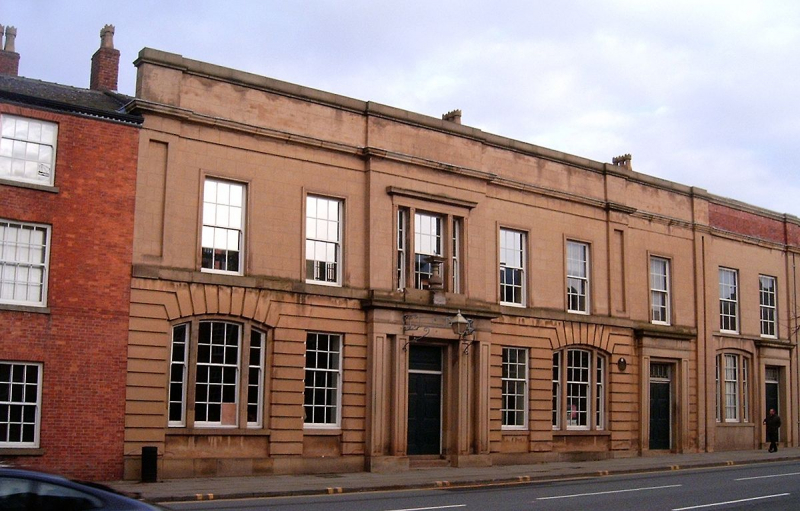
wikimedia.org 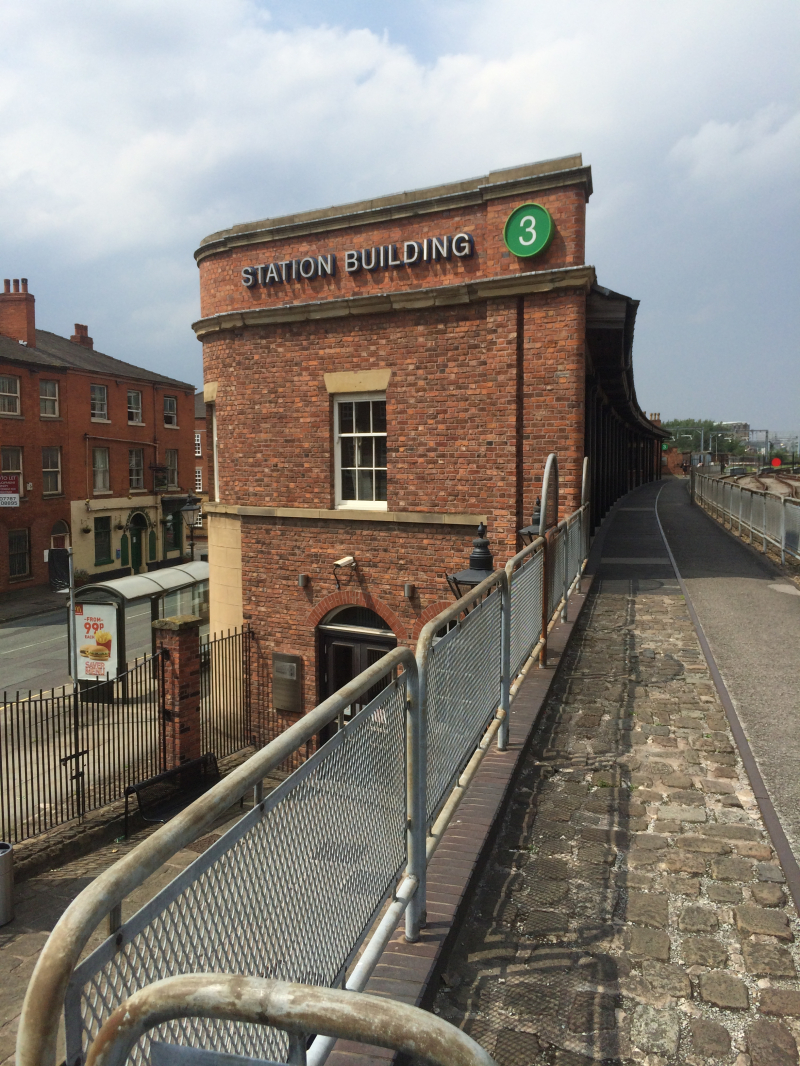
wikimedia.org























